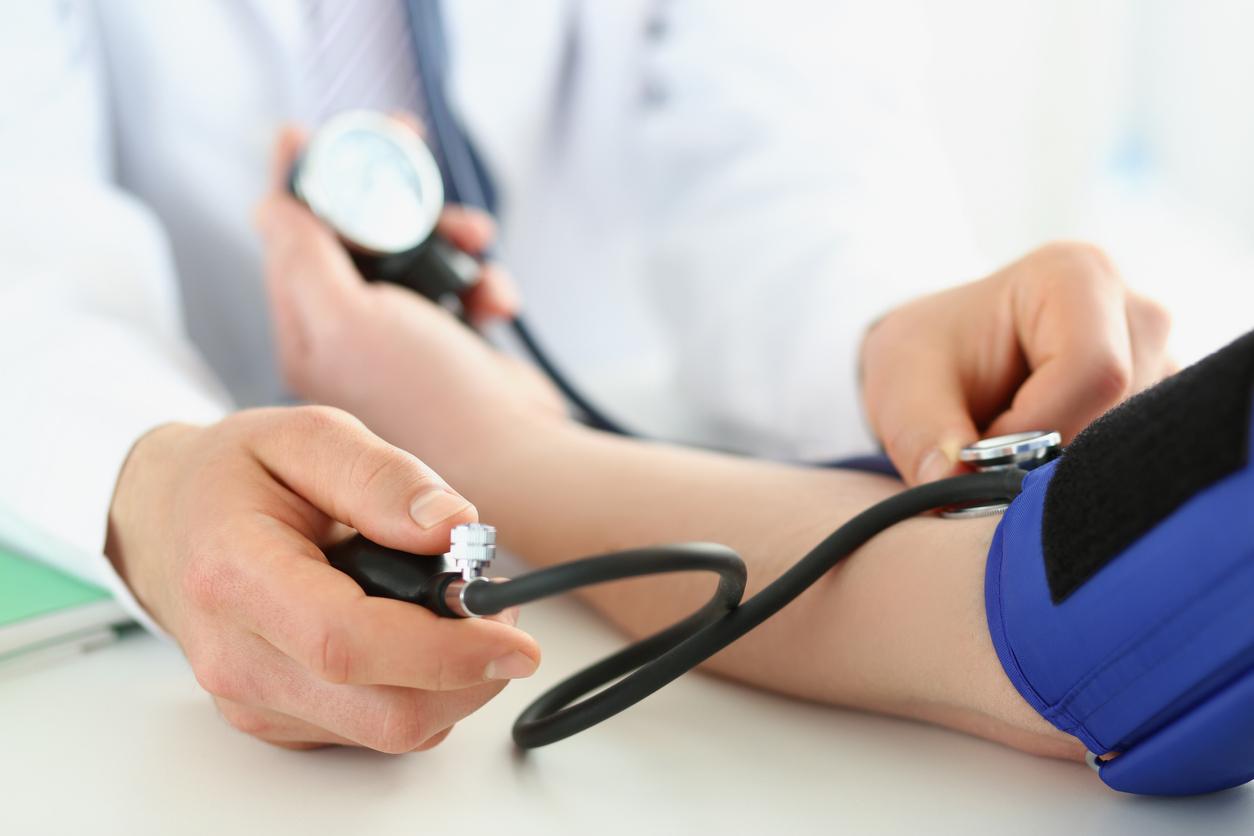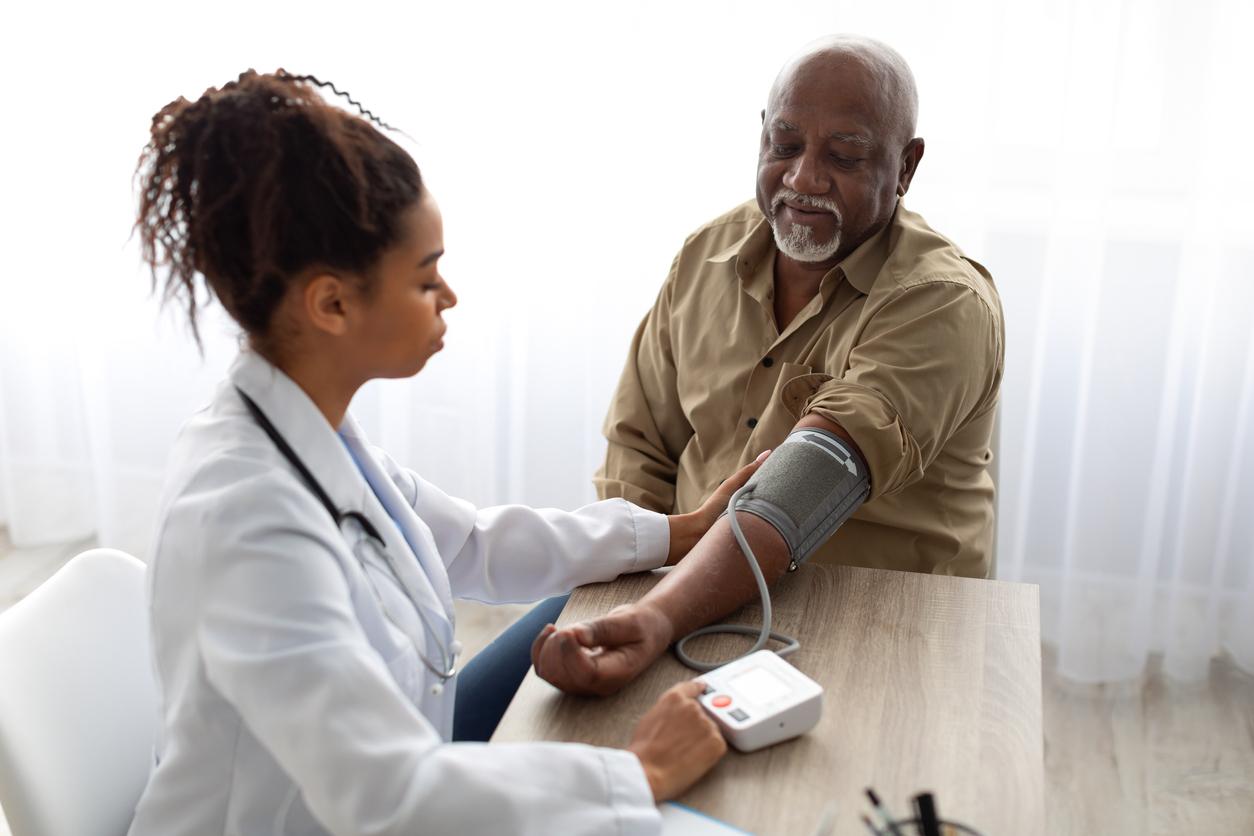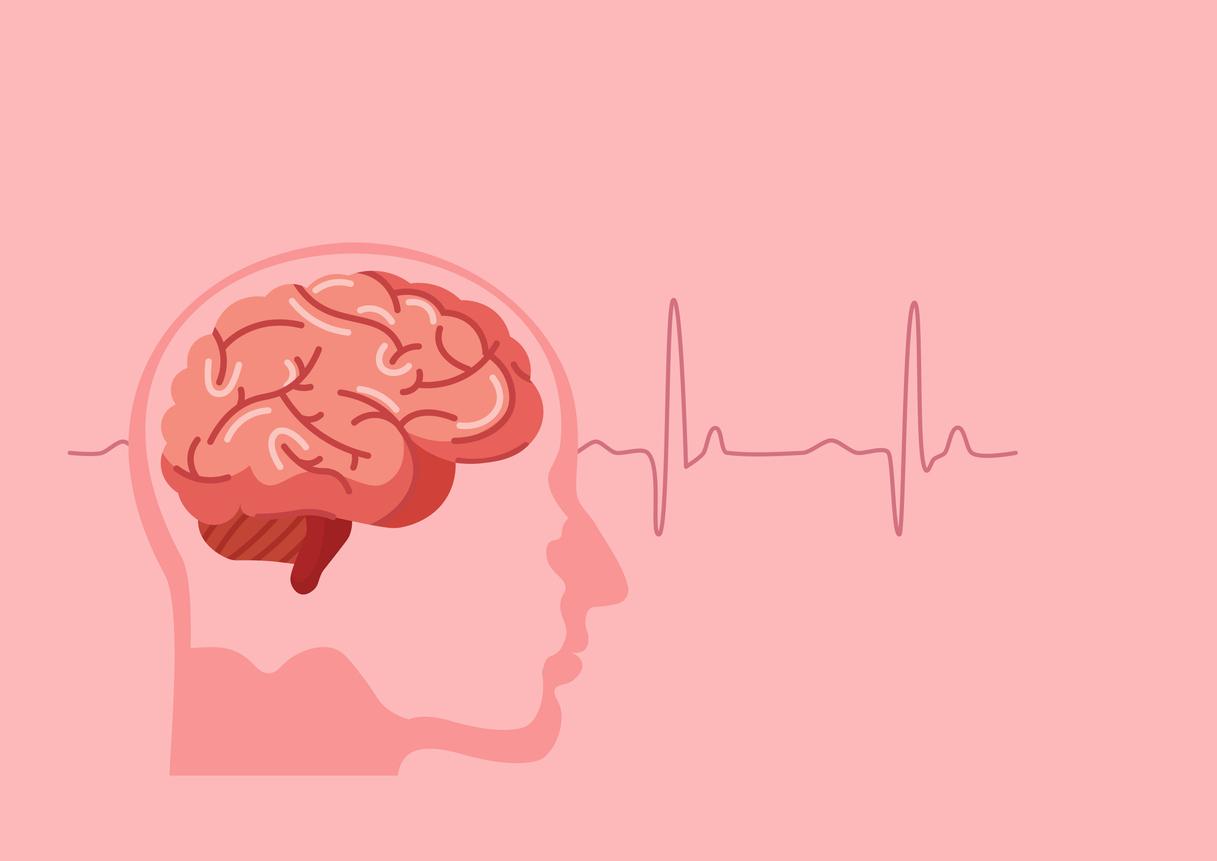Arterial hypertension is a so-called silent disease because it is generally asymptomatic. How to detect it? How to avoid complications? Explanations.

- High blood pressure is a silent disease because it is usually asymptomatic.
- In the event of arterial hypertension, taking its treatment makes it possible to avoid serious complications: stroke, stroke or even kidney failure.
“In France, it is estimated that there are between 11 to 14 million hypertensivesensures the Pr Atul Pathak, cardiologist and president of the French Society of Hypertension (SFHTA). But one hypertensive out of two knows that he suffers from this disease. Of these approximately seven million, one in two will be treated.” Yet it is the most frequent chronic pathology in France according to theNational Institute of Health and Medical Research (Inserm). It can be defined as abnormally high blood pressure in the blood vessels. Most of the time, it is measured during consultations with his general practitioner with a tensiometer. Normal blood pressure is 120/80. The first number is the systolic pressure, it is equivalent to the maximum pressure, when the heart contracts to empty itself of blood. 80 is the diastolic pressure, which is the minimum when the heart relaxes to fill. We speak of high blood pressure when these figures exceed 149/90 at the doctor’s office and 135/85 at home. If high blood pressure is suspected, the doctor often asks the patient to take self-surveys at home several times a day for three days.
A silent yet dangerous disease
An individual can have high blood pressure and not experience any direct symptoms. This is why it is called a silent disease. Another possibility is that the signs of manifestation of the pathology are not specific: headaches, ringing in the ears, visual disturbances, nosebleeds, throbbing sensations, sometimes tingling in the extremities. Symptoms that seem harmless and that we don’t always talk to the doctor about…”If the disease has been silent for a long time and has affected other organs, it is the damage to these other organs that suggests high blood pressure.specifies the Professor Atul Pathak. For the heart, for example, the patient may have chest pain or shortness of breath.” During follow-up consultations, the general practitioner systematically measures the patients’ blood pressure. The goal is that it can be detected and treated early in order to avoid complications. Indeed, if it is not taken care of, it can be a risk factor for pathologies and cardiovascular, cerebrovascular, neurodegenerative problems or even diabetes. According to Inserm, high blood pressure is the leading cause of preventable stroke. In other words, if these people’s high blood pressure had been taken care of, they would certainly not have had a stroke.
The importance of taking your treatment
“Initially, high blood pressure can be controlled if the patient respects fairly simple rules of life such as weight loss, physical activity, reducing salt intake, alcohol consumption, etc.emphasizes Prof. Atul Pathak. If these measures do not work, we then move on to drug treatments which are given for life, usually taken daily.“Patient compliance, ie monitoring, of treatment is essential. The best thing is for patients to choose the time that suits them, each day, to take their pills. “But if a patient forgets his treatment one day, it is better that he skips the catch and resumes it normally the next day.”, explains Professor Atul Pathak. In addition to taking this daily medication and respecting the rules of healthy living, high blood pressure has no other impact on the lives of people who have it… Binding instructions for some but which avoid the risk of very serious complications. dangerous and sometimes even deadly.

.

















